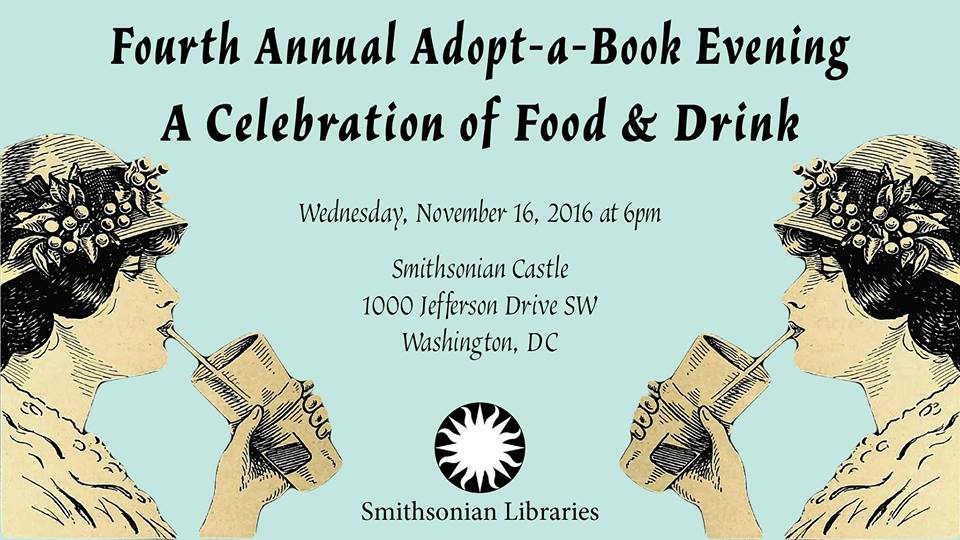Mark your calendars! In conjunction with Smithsonian Gardens, Smithsonian Libraries is pleased to present the first two events in our Cultivating America’s Gardens programming. Explore and celebrate the history of American gardening with us!
Category: Food and Drink
Refrigerators are part of everyday life, but we probably don’t think much about them except when we’re hungry. But without them, we wouldn’t be able to keep our food fresh or our beverages cold. The Trade Literature Collection includes a number of refrigeration related catalogs which can give us an idea of how refrigeration has changed over the years.
An entry into this magical season can be gained through the Historia de gentibus septentrionalibus (History of the Northern Peoples) by Olaus Magnus, first published in Rome in 1555. It is a work greatly valued by Smithsonian curators and researchers and other scholars, since the author – a true Renaissance man – wrote down his geographical, anthropological and naturalistic observations of a land unknown to much of Europe of the time. In the present day, the book’s vivid descriptions and woodcut illustrations offer a wealth for modern study: early shipbuilding, fishing and whaling practices, meteorology, agriculture and mining techniques, warfare, daily occupations and religious practices of the Scandinavian peoples. It also provides wonderful images for what we have come to perceive as traditional for the winter holidays.
The big Thanksgiving meal is fast approaching and for many that means a well-dressed table, perhaps with heirloom china. What would your dinner table have looked like for a nice meal or tea over a hundred years ago, maybe back when Great-great Aunt Agnes first started filling her china cabinet? The Trade Literature Collection includes catalogs illustrating dinnerware, glassware, cutlery, and cooking utensils which can give us a glimpse into the past. One of these catalogs is from the Fall and Winter seasons of 1899-1900.
On Wednesday, November 16th, the Smithsonian Libraries will once again hold its annual Adopt-a-Book Evening and you’re invited! Join us for food and merriment, all while supporting the Libraries’ collections. Visit the event page for additional details and to purchase your tickets.

Can’t make it to DC next week or just want a preview of the evening’s menu of books? Enjoy this “appetizer”, a mere sample of the 80+ items that will be on display during the event. Each has a unique place in culinary history and all will be available for adoption on November 16th. Learn more about our Adopt-a-Book program here.
Interested in culinary history and books? Join us on Wednesday, November 16th for our Annual Adopt-a-Book Evening, featuring a food and drink theme!
Slavery and freedom, the Revolutionary War, New England’s maritime culture and life, Colonial revivalism, trade, women’s role in the economy, the development of regional cuisines, the not-fully-explored history of African Americans in the North. More than just molasses, spices and rum, there is a heady mix of history in the Joe Frogger. Can all these ingredients of America’s past be found in a cookie?
September is National Potato Month. Almost all the potatoes grown in the United States are planted in the spring and gathered in the fall. It is the time of year that schools in northern Maine have “harvest break” when students work to dig and sort the season’s spud crop soon after summer vacation.
Maine’s custom is one small part of the very long and interwoven agricultural, economic, social, culinary, medical, and ritual histories of this humble staple. It is a story that stretches from ancient gardens in the Andean Mountains 10,000 to 8,000 years ago … to perhaps Mars in the future? In the recent movie, The Martian, the stranded astronaut-botanist (played by Matt Damon), bases his long-term survival strategy on the Red Planet, not completely unfeasibly, on planting potatoes. But is the potato relevant for us today?



